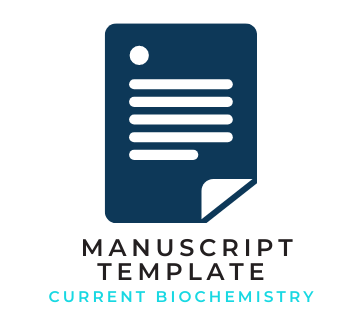Potency Evaluation of Nanoparticles Moringa Leaves Extract as a Bioactive Candidate of Eco-Friendly Antifouling Paint
Abstract
Biofouling has become a serious problem for the maritime industry. To minimize the impact of biofouling are protected by antifouling coating made from Tributytlin - polishing copolymer paints (TBT - SPC paint) which are heavy metal groups. New alternative to replace the antifouling material is with the flavonoids in Moringa leaf extract. The objective of this research to analyze the potential of Moringa leaf ethanol extract, effectiveness and stability of Moringa leaves ethanol extract as antifouling and its potential to be a bioactive candidate in antifouling coating. Moringa leaves were extracted by maceration method using 96% ethanol and the yield was obtained about 9.32%. Flavonoid compounds were isolated using a liquid-liquid extraction method and obtained a yield of 60.11%. Flavonoid compounds are encapsulated in nanoparticles with chitosan. PSA analysis shows particle size nanoparticle moringa leaf extract of 31.26 nm. Activity of antifouling is determined by inhibition and degradation test using P. aeruginosa and B. subtilis. Moringa leaf nanoparticles and Moringa leaf flavonoid extract caused biofilm inhibition of 43.55% and 10.29% for P. aeruginosa, while for B. subtillis 25.85% and 82.58%. The result of biofilm degradation by Moringa leaf nanoparticles and Moringa leaf flavonoid extract was 6.9% and 2.2% for P. aeruginosa, while B. subtillis was 87.85% and 65.91%.
Keyword: antifouling coat, moringa leaves, nanoparticles.
Copyright (c) 2019 Current Biochemistry

This work is licensed under a Creative Commons Attribution-ShareAlike 4.0 International License.









